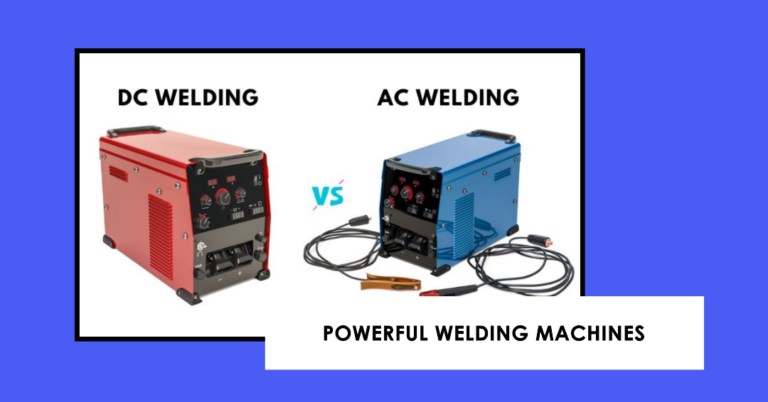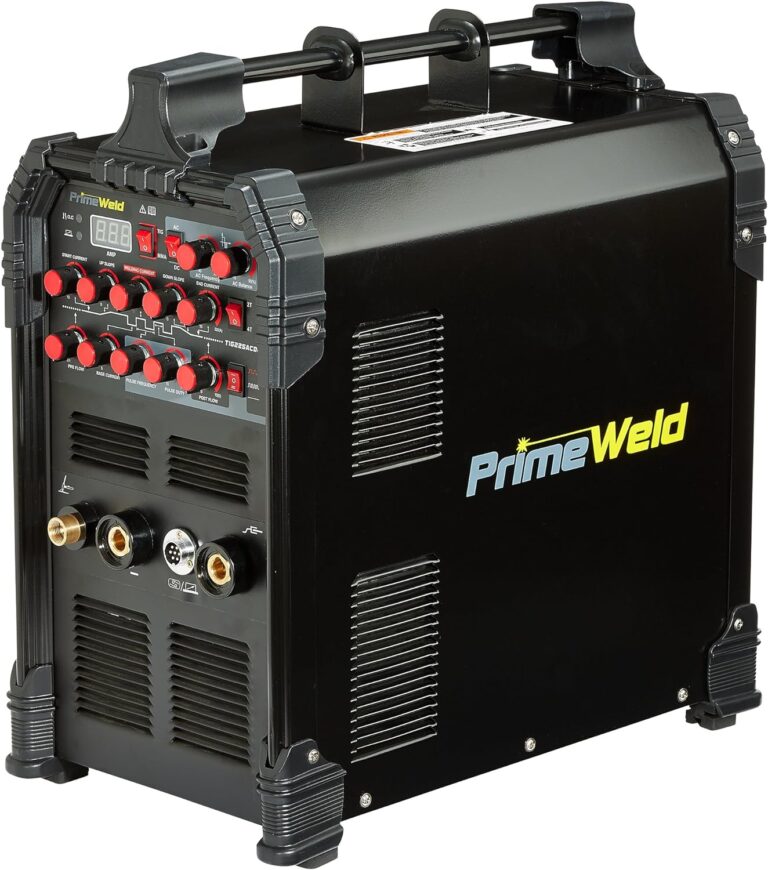The wide variety of products available on the market can seem overwhelming to someone who is new to welding.
There are many major welder companies, just like Ford, Toyota, and Mercedes Benz in the auto industry. Lincoln, Miller, and Hobart (now owned primarily by Miller) are the big boys.
There are many models of welding machines. Each one serves a specific purpose and caters to a certain user, just like the automakers that make sedans, pickups, and sports coupes. It doesn’t need to be difficult to find the right one. This information will help you make the right choice.
Different types of welders
These are the most popular welders currently in use:
- A metal inert gas, (MIG).
- Tungsten inert gas (TIG).
- Shielded metal arc welding (“SMAW”) or Stick
- Ox-acetylene welders (or “oxyfuel”)
Multi-process machines, which are more versatile and more expensive, can be used to weld with multiple welding processes. There are also engine-driven (fuel-powered), welders that can work off the electric grid. These more complicated welders will be covered by different articles.
We will be focusing on the basics of MIG, TIG, and stick welders for this introduction. Before you continue, make sure to read the main welding process guide.
A basic understanding of how welders work is essential for any new or aspiring welder. Understanding the benefits and features of different types of welders will increase your chances of employment.
You can be a supervisor, project assistant, or welder technician at your company by knowing the best model for a given assignment, and which filler rod, wire, or stick electrode meets the code requirements.
This article will cover the basics of selecting a machine. Next, I’ll show you how you can read the specifications and compare the key features.
Carbon Steel
Most welds are done using a carbon steel sheet or pipes. Carbon steel, or ordinary steel, can withstand a lot of heat. This metal, unlike other metals, is quite forgiving if a novice welder attempts to apply too much heat.
Many welding processes can be used with carbon steel. You don’t have to use a lot of features on your machine to make a beautiful weld.
Stainless Steel
Stainless steel (“SS”) has a more difficult time dealing with heat. This alloy is made up of steel, nickel and chromium. It is used by manufacturers for food/beverage containers and other products due to its anti-corrosion properties.
SS is typically welded by workers using MIG or TIG machines. To address the lower thermal conductivity of SS, SS welding requires less current than that used for carbon steel. Due to the higher difficulty of SS welding, a skilled welder must have good controls so that your arc and/or puddle are correct.
Stick electrodes in stainless steel are also available. You can use this to weld the stick electrodes. Keep in mind that the base metal must have enough strength to withstand high heat. Stick welders often produce more spatter than a MIG/TIG welder.
Aluminum
Aluminum comes from another planet for welders.
Aluminum conducts heat well as a non-ferrous metal. You will need to have more aluminum in order to keep your puddle from melting. The workpiece can also easily distort if it becomes too hot. Aluminum often requires more complicated equipment in order to complete the task.
MIG welders can be used on aluminum, especially if they have a pulse welding feature. Many wire-feeders have difficulty feeding aluminum filler wire. A spool gun, a separate accessory, is required.
You should make sure that your MIG welder is capable of accepting a spool gun if you plan to work with aluminum. Some do not.
An Aluminum TIG Welder should have an AC power-out option (“ACTIG”) Inverter-based electronics and square wave technology are other useful features. These additional features will increase the cost of a TIG welding machine.
A stick welding machine can weld aluminum, although it is not the best choice. The base metal must also be strong enough to withstand high temperatures, just like stainless steel.
Titanium
Welders should be aware of the thermal sensitivity issues associated with Chromoly and Titanium, which are used on automobiles and custom bicycles.
These metals are very expensive so you want to avoid making mistakes. These metals require sophisticated TIG machines with high control and extensive setup and fitting-up.
You will need to use more current to weld a joint that is good at penetration.
The cost of a welder is partly determined by how much electricity it produces. Therefore, you need to determine the maximum thickness of the base metals and fixtures that you will be using in your shop.
For thick structural steel or pipe greater than half an inch, a heavy-duty MIG welder or stick welder is required. Miller Electric says that you will need a MIG welding machine or a stick welder to make thicker structural steel and pipe. One amp of power per one-hundredth of an inch of mild steel thickness.
A 1/8″ (.125in) sheet of mild steel, for example, requires approximately 125 amps. Aluminum requires about 25% more juice than stainless steel.
Stainless steel consumes 10% less juice per square inch than carbon steel. The current settings are also affected by the diameter of filler rods/wires as described in our tutorial setting MIG machine parameters.
Working with thin metal requires lower heat and amps on a more sensitive welder. The goal is to give just enough heat to accomplish the task.
Sometimes, a low current can cause an unstable arc. This is a nightmare for welders. The area around the weld can also melt if there is too much heat in the base metal.
If you are working with aluminum or thin stock, be sure to pay attention to the low-end of the amps. Many of the same features that were described for aluminum can also be applied to welding very thin stock of any type of metal.
You can also use an oxyacetylene set to weld thin ferrous materials if you are careful. Make sure your torch can hold a small three-ought (i.e. 000) size welding nozzle.
Step 3: Choose the location you will be wed
It is important to know where you are going to be welding the most. This will help you choose the right equipment.
Here are some things to consider:
Power Supply
The following options are available if you plug the machine into the wall (i.e. the power grid):
110/120 volt AC- This is the power that every residential or commercial customer of a utility company receives. Some arc welding machines can be rated at 115 volts of input power. But not all.
AC 220/240 VoltsThis circuit is used for most welders. It has high power, a 30-amp rating. This is available in any industrial area.
It is different for residential wiring. A 30-amp circuit is required for most welding equipment. You may need to hire an electrician to wire the circuit from the control panel.
Comparison of Single-Phase and Three-Phase- The majority of electrical equipment is intended for “single phase” operation.
This means that it draws from the 220-240 volt line running off the grid. A “three-phase” option can be found in many warehouses and other industrial areas.
This scenario allows for more power to large motors by connecting the circuit with a third hot wire. Companies are more likely to purchase three-phase machines in order to cut down on their electricity bills. However, you cannot use a three-phase machine at home.
Scenario Off-Grid
You will need an engine-driven welder to finish the job if you are welding outside and don’t have power. This machine is often purchased by farmers and welders who work in fields.
The generators can run on gasoline, diesel, or liquid propane depending on the model. They can also accommodate a tip torch, a stick welding torch, or a MIG/Flux core wire-feed unit with a gun. Stick welding is the only use for this product niche at the low end. It costs around $2000.
If you plan to use the welder from a generator, make sure you look at the symbols CC (constant current), and CV (constant tension) when looking through product literature.
CV machines are more expensive, but they are the best choice for plugging in a flux-cored or MIG welder to a generator. To choose the correct size generator, you will need to understand your power requirements.
California does not allow generators that meet low carbon emission standards. Also known as CARB-compliant, be aware.
Windy Conditions
You should not expect to weld in areas that aren’t protected from the wind. This could negatively impact your welding performance.
The CO2/argon gas that was used in the MIG process to protect a weld’s melting puddle will be blown away, rendering it useless. This can lead to oxidation and porosity of your welds.
You will need to be able to switch MIG machines to the flux-cored mode in breezy conditions. You don’t need any gas to make a good welding job. The coated wire includes all the shielding.
A stick welder can also be used in a breezy area, but not too breezy. A stick electrode, which is similar to the flux-cored wire used in the MIG machine’s MIG machine, can be flux-coated to give you what you need.
Both these welding processes include solid deoxidizers in the wire or rod. They evaporate directly above the puddle of welding water, leaving behind a protective layer containing slag.
Step 4: Compare Key Features
It can be difficult to understand the sales literature of different welders.
Here are some key points to keep in mind:
Duty Cycle
This spec shows how many minutes of uninterrupted welding a machine can do in ten minutes.
The duty cycle is traditionally defined as the time a welder can work at the maximum current. The machine must cool down for 10 minutes after reaching its limit.
Manufacturers sometimes report the duty cycle in percentage form. You will need to do the math. To find the number of minutes that you can weld in a 10-minute time interval, multiply the percentage by 10. The machine will heat up if you exceed the duty cycle. If this happens, the circuits inside the machine may become fried.
A machine that has a maximum current of only 70 amps can have a 10% duty cycle, for example. This means that you can weld for one minute out of 10 without equipment burning out or overheating.
You can generally look for duty cycles based on your requirements. Here’s a general rule of thumb:
- Light industrial/hobbyist 20%
- Medium-duty 40-60%
- Heavy-duty 60-60%
Manufacturers are now playing with this formula. Manufacturers can report a higher duty cycle if they use a lower amp setting. A machine with a 10% duty rate at 140 amps might have a rating of 30% at 120 amps.
When reading the duty cycles for different welders, take note of the amps. As the amps decrease, the duty cycle increases.
You can also use this tactic to avoid a low-duty machine, which may not suit your needs. Buy a model that has a higher maximum current than what you plan to use. This will increase your duty cycle at all the amps you use.
Open-Circuit Voltage
This is the voltage that is emitted from an arc welding torch/gun when the current is not flowing.
It’s dangerous to have a live circuit on your workbench, and it could cause serious injuries. OSHA has set limits on OCV for equipment.
OCV, on the other hand, affects how torch electrodes perform when striking an electric arc. Certain types of welding require more power at the start-up.
Stick welding rods E6010 or E7018 require a high OCV. This allows for a more precise start to the weld as the welder rubs the rod against the metal.
Students often have trouble striking an arc. A small machine with a low OCV may make matters worse. If you’re a beginner learning to weld, it is important that you pay attention to the OCV listed in the specifications.
In a stick welder, an OCV of around 80 volts would be considered normal. It can drop to 35 in a MIG welder. However, this is not an issue as the arc starts automatically with MIG welding.
Protect against Thermal Overload
It doesn’t matter if a machine has it, so you should only purchase a machine with it. If the circuit within your torch or gun starts to overheat, this feature will automatically cut output power.
If the machine is turned off, the fan or cooling mechanism will continue to run to disperse heat. This feature may be clearly indicated in some specifications. For other products, however, this feature may not be clearly stated.
Step 5: Decide if you need to use compressed gases
Diverse gases are used (CO2, argon, and oxygen, among others). Different welding processes can be performed with different gases or mixtures thereof.
The type of gas required for MIG welding depends on the process, base metal, position, and environment. There are many gases that can be used, including argon CO2, CO2, helium, and oxygen. A mixture of CO2 and argon is common, for example.
You only need oxygen and fuel gas to do oxyfuel welding. You can find out more about welding gases here.
The majority of TIG machines use pure argon. In some cases, however, it might require helium.
TIG shielding gas can be a mixture of different gases that are specifically designed for certain applications, such as MIG welding gases. You’ll need to be aware of the following things if you use compressed gas.
You will need to transport the tank from one place to another if you purchase a welding machine that uses gas under pressure. You should verify that there is a local supplier with an acceptable policy for exchanging or filling empty tanks.
You can rent or purchase the tanks from the supplier. There are many sizes of cylinders, so you will need to determine the size you require depending on how frequently you use it.
It is generally cheaper to fill large tanks than to fill smaller ones. You should get the largest tank you can afford to store.
Gas storage and safety requirements are numerous. Before you buy any welding equipment that uses gas, make sure you fully understand the implications.
You should ensure that your gas supplier agrees to fill the tank before you buy it. Keep your sales receipt and any other documentation close at hand. OSHA requires that tanks be inspected at least every two years.
MIG welding of mild steel requires a mixture of 75 % argon, 25 % CO2, and some other gases. However, some welders use 100% CO2 to achieve good results. Pure argon gas is required to weld aluminum in MIG or TIG.
A tri-mix mixture of 90% Helium, 7.5% Argon, 2.5% CO2 is required for stainless steel. You don’t need to mix the gases by yourself, but it’s possible. You can just purchase the mixture you require, but each gas will require a separate tank.
Although using compressed gases in an arc welding machine will increase your costs, it can also help you save money on filler rods. MIG filler wire works better than stick welder electrodes and is more affordable. Shielding gas is not required for self-shielding flux wire.
Both oxygen and acetylene are expensive today. The oxy-acetylene method is used more for torch cutting than welding.
Conclusion
The key to choosing the right welder is finding the machine that suits your needs. These five key points will help you make the right choice. Decide the metals you’ll be welding.
You will need to identify the thickness range that you are going to use (and the output amps required). Consider where you’ll be working, e.g. indoors or outdoors.
Compare key features such as the duty cycle and other important aspects of rival welders. Determine if compressed gas is required. Make the necessary arrangements if you decide that compressed gas is required.
These steps will help you navigate the selection process for a welder. These steps will help you learn about the different units and which one is best for your situation. You will be a better welder and a more valuable employee to potential employers if you are familiar with the different welding processes and machines that are used.
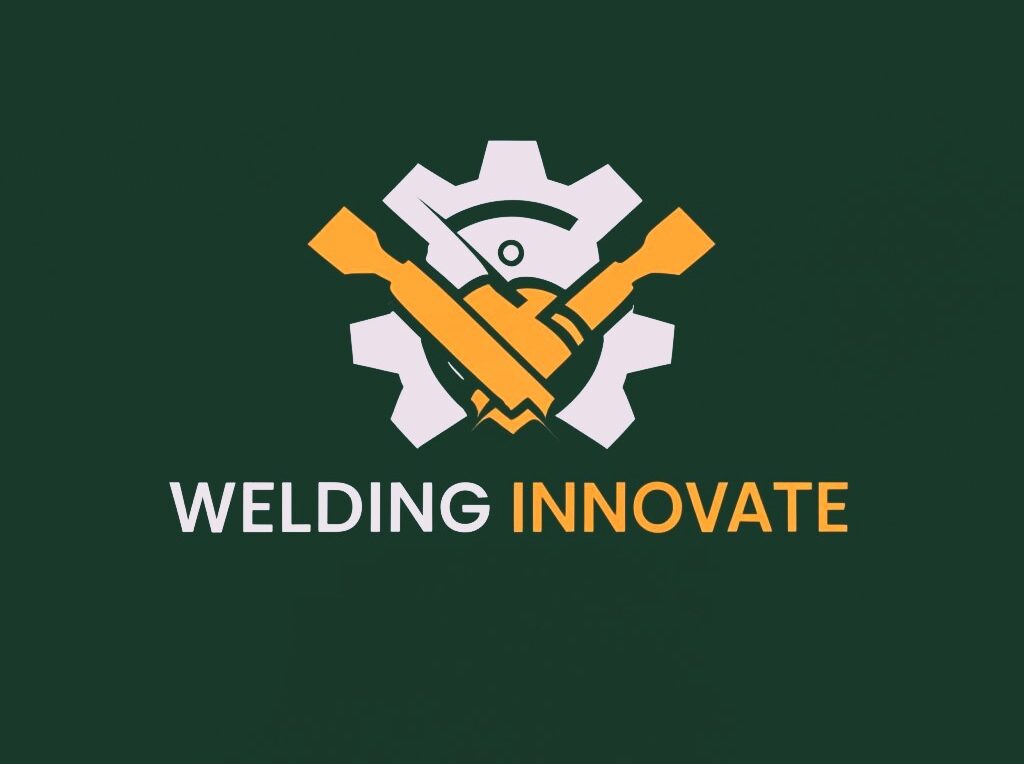


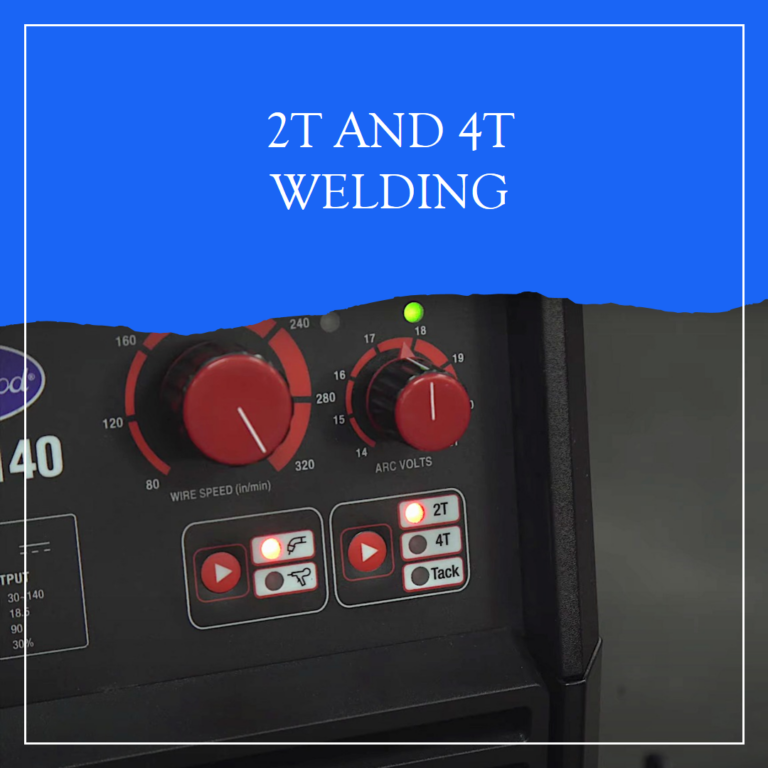
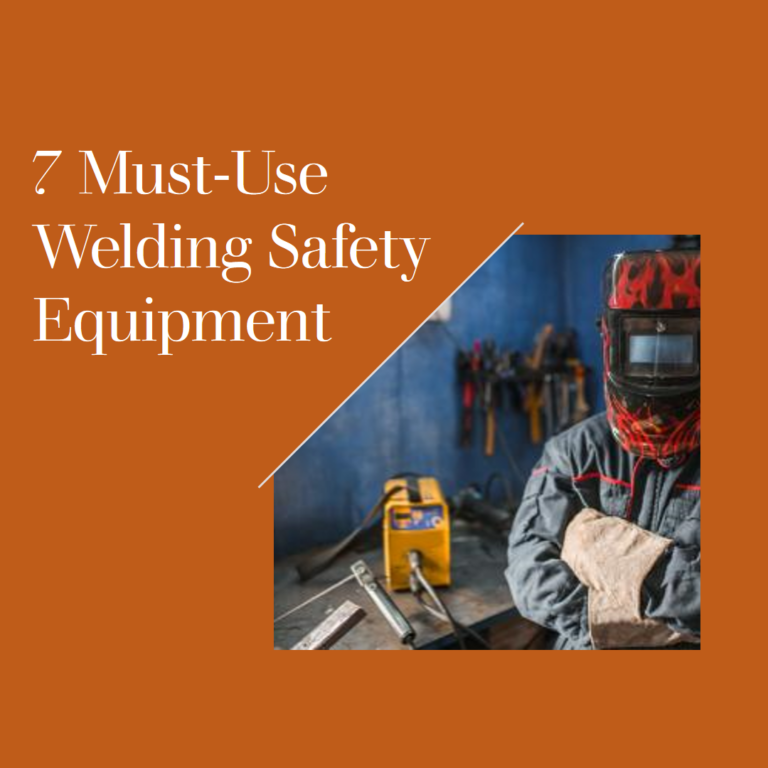

![Body Panel Adhesive VS Welding [Guide & Suggestions] Body Panel Adhesive VS Welding [Guide & Suggestions]](https://welding-world-awards.com/wp-content/uploads/2023/12/60db234c-1db6-460e-9ea5-eaeffc77f0ed-768x576.jpg)
